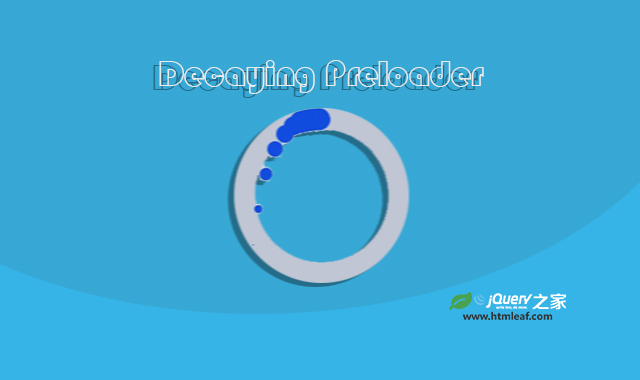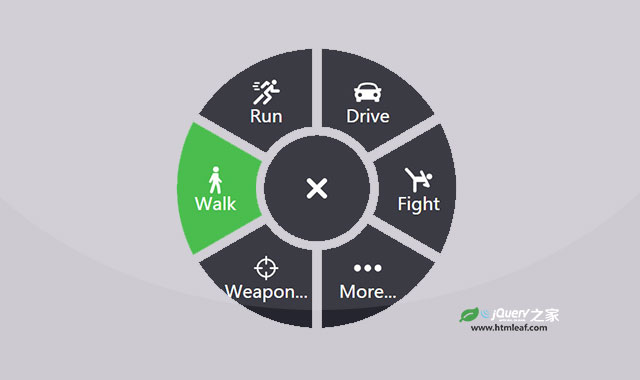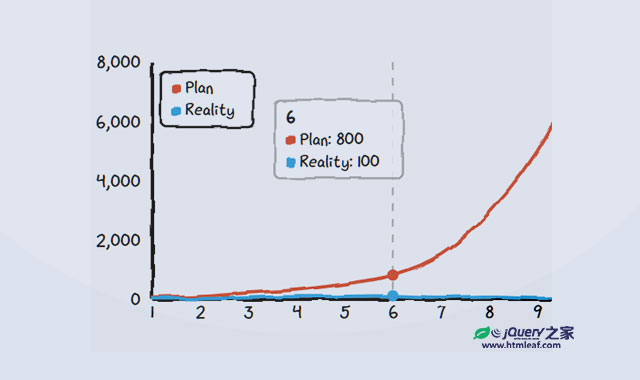SVG直线
SVG <line>元素用于绘制一条。下面是一个绘制直线的例子。
<svg xmlns="http://www.w3.org/2000/svg">
<line x1="0" y1="10" x2="0" y2="100" style="stroke:#006600;"/>
<line x1="10" y1="10" x2="100" y2="100" style="stroke:#006600;"/>
<line x1="20" y1="10" x2="100" y2="50" style="stroke:#006600;"/>
<line x1="30" y1="10" x2="110" y2="10" style="stroke:#006600;"/>
</svg>
上面代码的返回结果如下:
x1和y1属性用于指定直线的起点,x2和y2属性用于指定直线的终点。可以使用style属性来为直线设置颜色和描边宽度。
SVG折线
<polyline>元素用于绘制SVG折线。所谓折线就是多条衔接的直线。看下面的例子:
<svg xmlns="http://www.w3.org/2000/svg">
<polyline points="0,0 30,0 15,30"
style="stroke:#006600;"/>
</svg>
上面代码的返回结果如下:
折线由多个点来定义。每一个点都有x和y属性。上面的例子中有三个点,它们组成了一个三角形。这3个点被直线连接,并被填充。默认的填充颜色是黑色。下面的例子中使用其它颜色来进行填充。
<svg xmlns="http://www.w3.org/2000/svg">
<polyline points="10,2 60,2 35,52"
style="stroke:#006600; stroke-width: 2;
fill: #33cc33;"/>
</svg>
你会发现上面的三角形只有两条边被填充了描边色,原因是只有两点之间的线会被使用描边色绘制出来。上面的代码中没有一个点指向起点。如果需要三条边都被绘制出来,还需要一个点来指向起点位置。
<svg xmlns="http://www.w3.org/2000/svg">
<polyline points="10,2 60,2 35,52 10,2"
style="stroke:#006600; fill: #33cc33;"/>
</svg>
和SVG直线一样,可以使用style属性来为折线设置颜色和描边宽度。
SVG多边形
<polygon>元素用于绘制SVG多边形。多边形是指三条或三条边以上的几何图形。看下面的SVG三角形的例子:
<svg xmlns="http://www.w3.org/2000/svg">
<polygon points="10,0 60,0 35,50"
style="stroke:#660000; fill:#cc3333;"/>
</svg>
使用<polygon>元素,虽然只有三个点,但是你会发现三条边都会被绘制出来。这是因为<polygon>元素会绘制各个点之间的所有直线,包括最后一个点指向第一个点的直线。这是<polygon>元素和code><polyline>元素的唯一不同之处。
我们可以绘制更多条边的几何图形,下面是一个八边形的例子:
<svg xmlns="http://www.w3.org/2000/svg">
<polygon points="50,5 100,5 125,30 125,80 100,105
50,105 25,80 25, 30"
style="stroke:#660000; fill:#cc3333; stroke-width: 3;"/>
</svg>
返回SVG教程目录
相关阅读:



